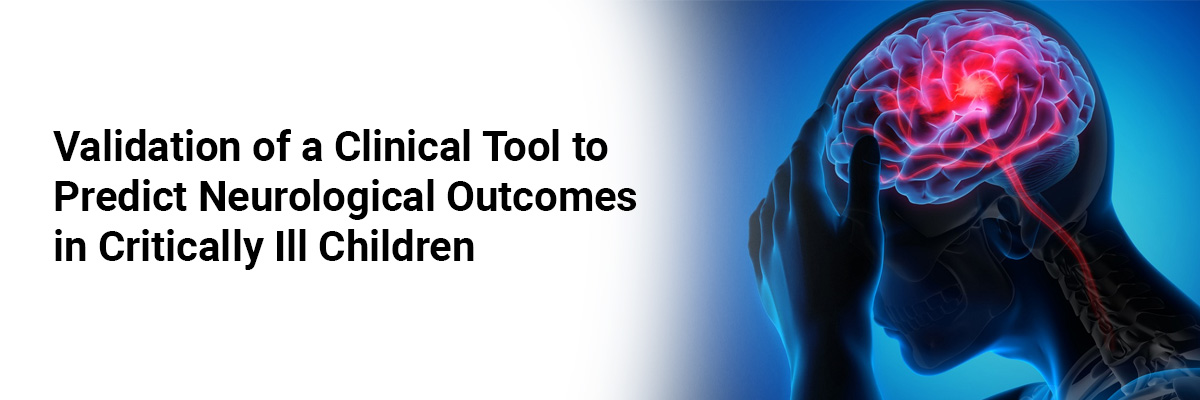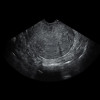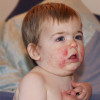
 IJCP Editorial Team
IJCP Editorial Team
Validation of a Clinical Tool to Predict Neurological Outcomes in Critically Ill Children
A new study
evaluated the performance of the empiric prediction tool developed by Gupta et al. in
predicting neurological outcomes in critically ill children and to evaluate the
association of biomarkers S100B and neuron-specific enolase (NSE) with
neurological outcomes.
This prospective,
observational study enrolled 163 critically ill children aged 2 months to 17
years admitted to the pediatric intensive care unit (PICU) from June 2020 to
July 2021. The prediction tool was applied at admission and at PICU
discharge/death. Biomarkers S100B and NSE were assessed for their association
with neurological outcomes.
The results
showed that the PICU mortality rate was 28%, and the Gupta et al. tool
predicted favorable neurological outcomes for 69% of the children at admission
– with an area under the curve (AUC) of 0.72. At discharge/death, the tool
exhibited an AUC of 0.99 – indicating excellent calibration. Higher PCPC scores
and organ failure were identified as independent factors associated with
unfavorable neurological outcomes.
While the sample size for NSE and S100B analyses were limited, the study concludes that Gupta et al.'s tool demonstrates good discrimination, calibration, sensitivity, and specificity, making it a valuable prediction tool. Additionally, biomarkers S100B and NSE show promise and warrant further evaluation.
Source: Bhadani KH, Sankar J, Datta
SK, Tungal S, Jat KR, Kabra SK, Lodha R. Indian Journal of Pediatrics. 2024
Jan;91(1):10-6.

IJCP Editorial Team
Comprising seasoned professionals and experts from the medical field, the IJCP editorial team is dedicated to delivering timely and accurate content and thriving to provide attention-grabbing information for the readers. What sets them apart are their diverse expertise, spanning academia, research, and clinical practice, and their dedication to upholding the highest standards of quality and integrity. With a wealth of experience and a commitment to excellence, the IJCP editorial team strives to provide valuable perspectives, the latest trends, and in-depth analyses across various medical domains, all in a way that keeps you interested and engaged.




















Please login to comment on this article